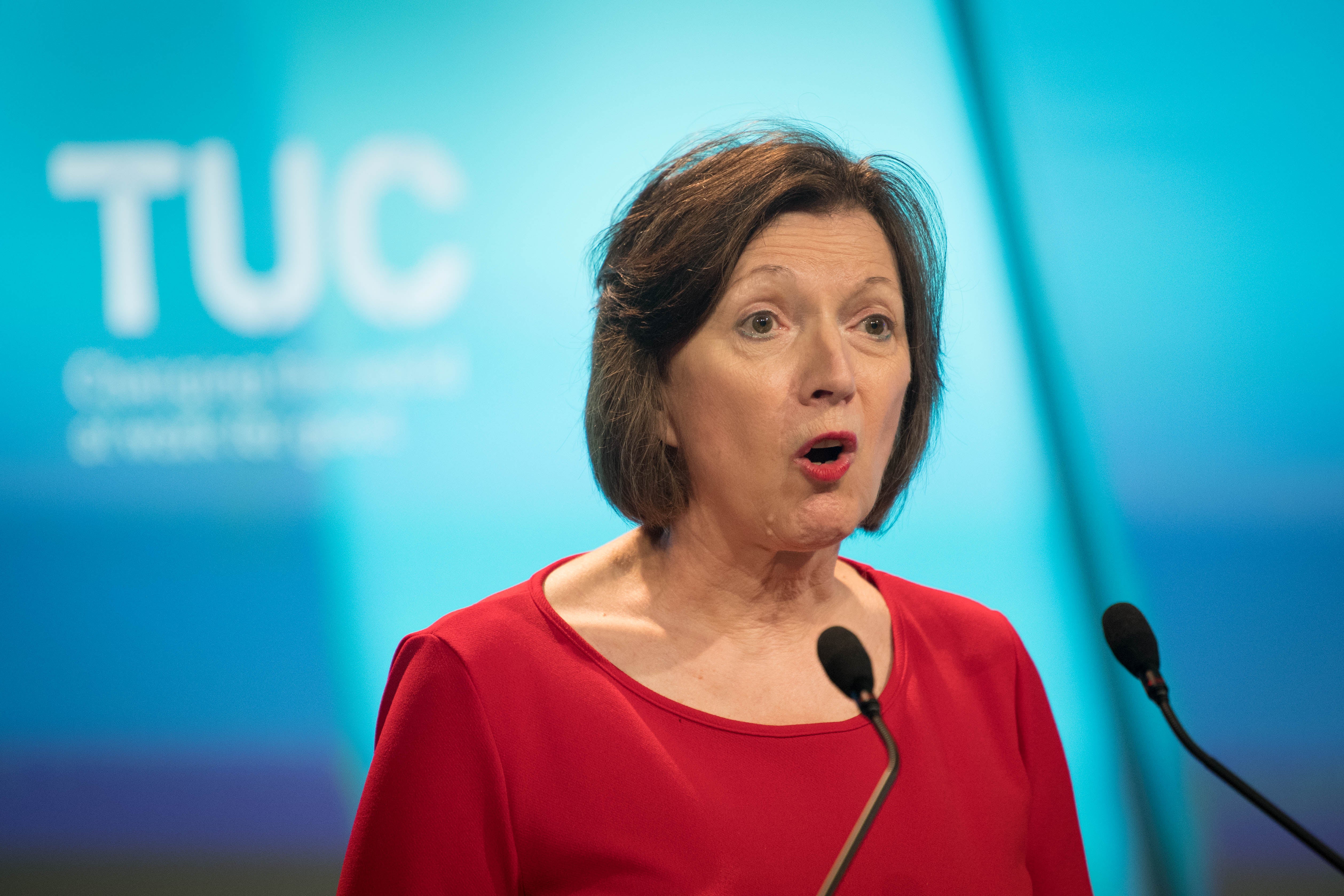Women bearing brunt of pandemic job vacancy crash, figures reveal
Job site Adzuna reports a sharp drop in advertised vacancies for roles that tend to be filled by women, with falls in 19 out of 20 categories

In previous columns I’ve noted that the chief victims of the economic crisis wrought by the pandemic have been minority ethnic groups, the young, disabled people such as myself, and women.
Jobs website Adzuna has this morning released a trove of data that clearly shows the difficulties faced by the latter in the current depressed labour market. This being International Women’s Day, it could hardly have been better timed.
The site’s researchers found advertised vacancies within the top 20 occupations historically employing the most women slipped 40.2 per cent year-on-year, with hiring falling in 19 of them.
Of course, vacancies have slipped across the board. But hiring activity within the top 20 occupations historically employing the most men fell by a significantly lower amount: just 11.8 per cent.
Job openings actually increased in 6 of the top 20 male occupations, namely warehouse workers (up 37.0 per cent), large goods drivers (76.6 per cent), van drivers (14.0 per cent), electricians (12.8 per cent), carpenters and joiners (15.9 per cent) and construction and building trades (26.0 per cent).
In the more female-friendly occupations, the declines were quite striking. Adzuna recorded a 52 per cent fall in vacancies for receptionists, a 42.9 per cent decline in hiring of nursery nurses and assistants, a 49.3 per cent drop in advertised personal assistant and other secretarial roles, and a 37.3 per cent tumble in vacancies for hairdressers and barbers.
The site recorded just 6,370 vacancies for sales and retail assistants in February, the top occupation for women in 2020, representing a decline of more then 38 per cent on last year’s figure. The sole riser? Care workers and home carers (up 45.9 per cent).
What struck me about that list is that it does make you wonder how much the world of work has really changed from what you might see depicted in a 1950s sitcom. When Adzuna talks about occupations that have “historically” employed the most women it’s looking at 2020.
Clearly this raises the question of why women are so often shunted into these sorts of roles, and what needs to be done to address the situation. It should also be noted that these jobs tend not to pay terribly well. In fact, Adzuna identified a £6,700 pay gap between the most popular male- and female-held jobs.
It’s worth stating, at this point, that it lists 800,000 jobs, so this is both good data and big data that elegantly slaps down the right-wing trolls who would argue that there is “no need” for events like International Women’s Day.
Au contraire. It also shows that both the government and employers need their feet holding to the fire.
When ministers take it into their heads to act they are capable of achieving results. The number of female directors at FTSE-100 firms has increased by 50 per cent in the last five years, for example.
Women now hold more than a third of roles in the boardrooms of Britain’s top 350 companies, according to the final report of a review into female representation at the top of business. The government-backed Hampton-Alexander Review therefore achieved its target of 33 per cent.
The Department for Business, Energy and Industrial Strategy hailed the numbers and talked of “a culture change at the top paving the way for greater gender parity across business with women’s representation in wider senior leadership also rising”. Well, up to a point. Senior executive roles are still dominated by men, and while the progress that there has been is welcome, Adzuna’s figures show that it clearly isn’t yet being reflected across the workplace as a whole.
The firm also noted, for example, that women account for 49.8 per cent of the UK’s professional and technical workers, but make up just 36.3 per cent of legislators, senior officials and managers (those figures are from a World Economic Forum report).
In a previous interview I conducted with TUC general secretary Frances O’Grady, we touched on the poor representation of women in senior positions. But she made the point that work was needed to improve the situation of women across the workplace.
These figures show she was right, and that she was also right to join with several charities to write to the Equality and Human Rights Commission calling for an investigation into whether the government has broken equality law during the pandemic.
Among issues the letter highlighted: the failure to carry out equality impact assessments on key policy decisions – such as women who have taken maternity leave being eligible only for reduced payments through the Self-Employment Income Support Scheme – and the disproportionate financial impact of self-isolation on female workers. Some 70 per cent of the 2 million workers who don’t qualify for statutory sick pay are women.
The letter also raised the failure to take into account the additional caring responsibilities that have been placed on women as a result of health restrictions and policies affecting schools and childcare.
A TUC survey further found that early three-quarters (71 per cent) of working mothers who applied for furlough in the wake of the most recent school closures had their requests turned down.
The Adzuna figures, and those of the TUC, both highlight the urgent need for action from employers and especially from government. This is another area in which the latter’s pandemic policymaking has proved seriously deficient.



Join our commenting forum
Join thought-provoking conversations, follow other Independent readers and see their replies
Comments